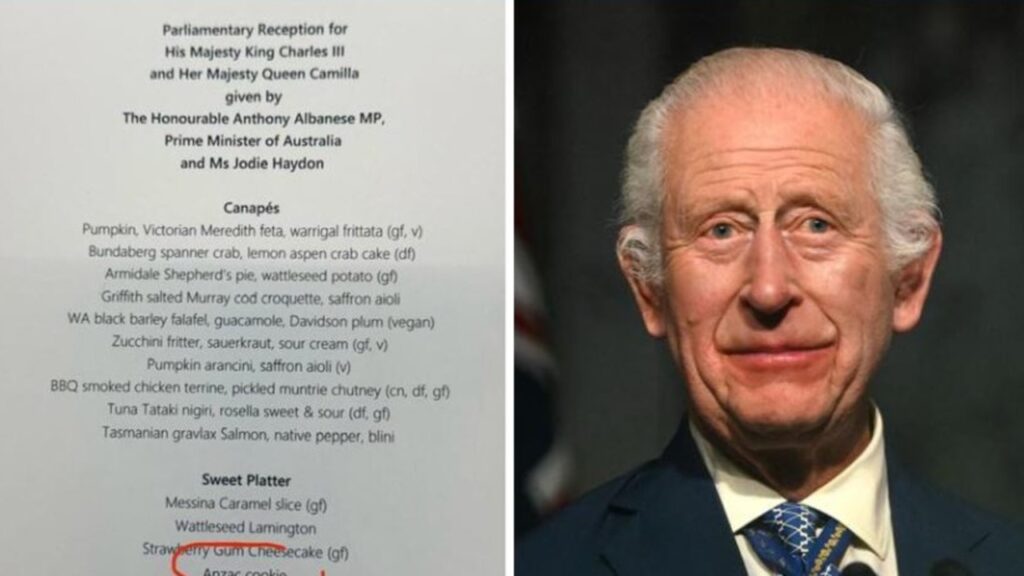Labor’s $3.5bn bet on a pre-election rate cut
Written by admin on May 14, 2024
Treasurer Jim Chalmers is betting a $75 quarterly rebate will be enough to calm household anger about rising power bills and the cost of living crisis, as the federal government gears up for an election in the next 12 months.
Hamstrung by persistently high inflation, Labor is hoping voters will give them credit for spending restraint and remember the $300 energy rebate for every Australian household and revamped stage three tax cuts flowing from July 1 when they head to polling booths in 2025.
Other new measures like a boost to rent assistance, freeze on subsidised medicine prices and means-tested income support for some students on unpaid prac placements have been more targeted toward Australians on low and fixed incomes.
Dr Chalmers said he was confident Labor had struck the balance in fighting inflation without “smashing the economy” or “people who are already under pressure”.
He said Labor had recalibrated its energy bill relief to go to all households in recognition that cost of living pressures were felt by Australians “up and down the income scale”.
“Middle Australia is under pressure too, so we’ve found a responsible way of providing that assistance more broadly when it comes to energy and the tax system, and in a more targeted way when it comes to the other assistance,” he said.
Dr Chalmers is trusting the measures unveiled in his third federal budget on Wednesday will mean inflation drops to within the Reserve Bank’s target range by December, paving the way for an interest-rate cut early next year.
According to Treasury, the $3.5bn energy bill relief package, which also includes $325 for about a million eligible small businesses, will slash half a per cent of headline inflation in 2024-25 and “is not expected to add to broader inflationary pressures”.
Dr Chalmers stood by this advice, but acknowledged there were differing opinions among economists about the impact of injecting more cash into the economy.
Record-high income tax receipts totalling $334.6bn in 2023-24 have helped prop up the budget bottom line and deliver an expected $9.3bn surplus, before the nation’s finances slide back into the red over the next four years.
Labor will run combined deficits of $122bn over the next four years, fuelled by more than $32.5bn in new spending – including $7.8bn on the extra cost of living measures.
While the government is expecting a decline in income tax revenue when the stage three cuts kick in 2024-25 this drop is short lived, and by 2027-28 the total tax take from Australian workers is forecast to reach $392.8bn.
Net debt is forecast to hit $552.5bn this year, while gross debt is expected to soar to beyond $1.1 trillion – or 34.9 per cent of GDP – in 2027-28.
Dr Chalmers said cost of living and fighting inflation were the “primary objective” of the budget, with housing, boosting Medicare, university and skills reform among the government’s other core priorities.
Labor’s much-hyped Future Made in Australia policy will dish out an estimated $23bn in tax incentives and cash to incentivise investment in industries like the energy transition and critical minerals processing over a decade from 2027-28.
The Coalition has signalled it is gearing up to fight Labor over the processes behind how projects are funded, but Dr Chalmers said there was a very “rigorous and robust” framework around the plan.
A massive $26bn has been set aside over the next four years as a “contingency reserve” to fund existing policies, which includes an expected minimum wage rise for aged care and early childhood workers.
Dr Chalmers said Labor was committed to ensuring workers in the care economy were “paid fairly,” but did not want to pre-empt ongoing negotiations.
An extra 29 Medicare Urgent Care Clinics will be opened across the country offering bulk billed appointments for people with emergency but non-life threatening injuries or illness, while $888.1m will be invested in the nation’s mental health and suicide prevention system over eight years.
For older Australians who wish to remain at home for longer the government is tipping an extra $531.4m to fund an additional 24,100 Home Care Packages in 2024-25 to reduce average wait times.
As part of cost of living measures, low income households receiving Commonwealth Rent Assistance will get a 10 per cent boost at a cost of $1.9 billion over five years, while Labor will freeze the maximum co-payment for a medicine on the Pharmaceutical Benefits Scheme at $31.60 for all Australians with a Medicare card and $7.70 for pensioners and concession card holders.
More Coverage
The low-income threshold for the Medicare Levy will be lifted to $26,000 for singles and $57,198 for families meaning more than one million Australians will continue to be exempt or pay a reduced rate.
Eligibility for the existing higher rate of Jobseeker will be extended to single Australians who are assessed to have partial capacity to work up to 14 hours a week.
Labor’s overhauled stage three tax cuts will deliver an average $1888 saving to working Australians, but those earning $146,000 or above are worse off under the government’s changes compared to the originally legislated plan.







